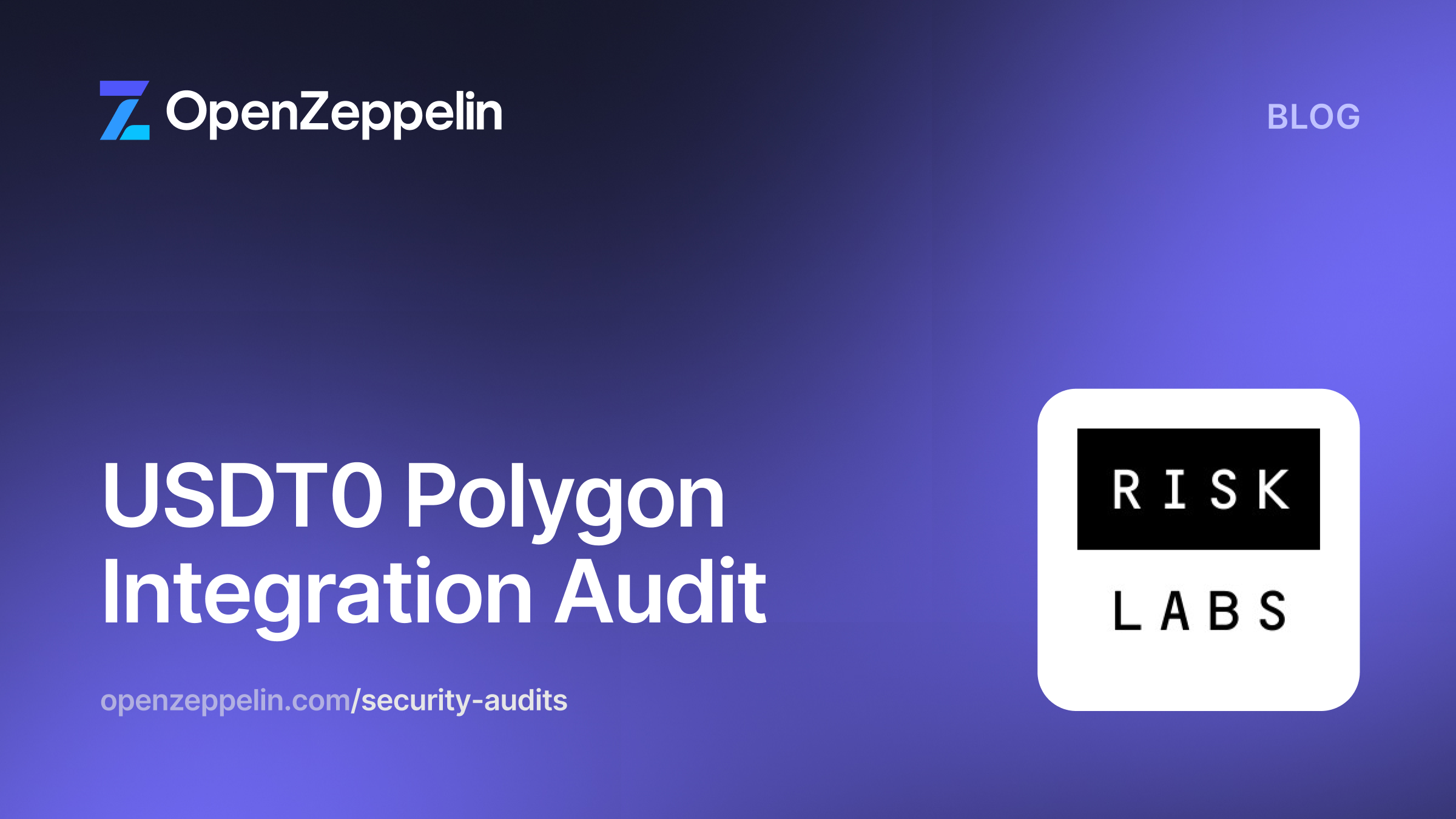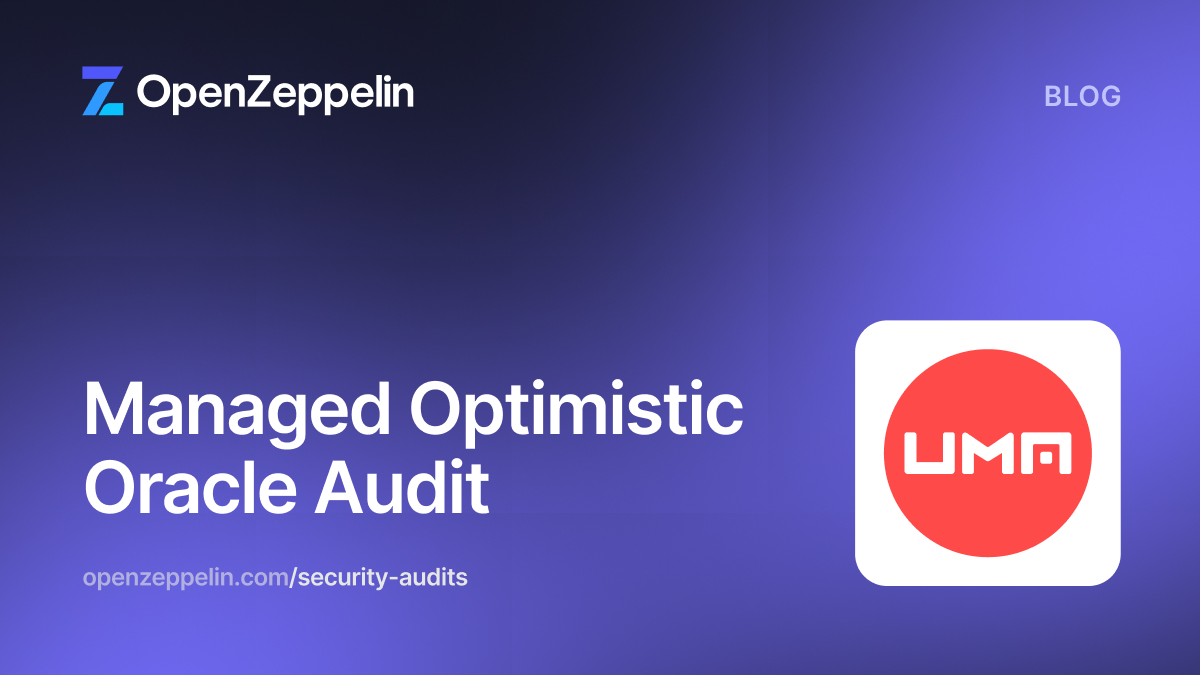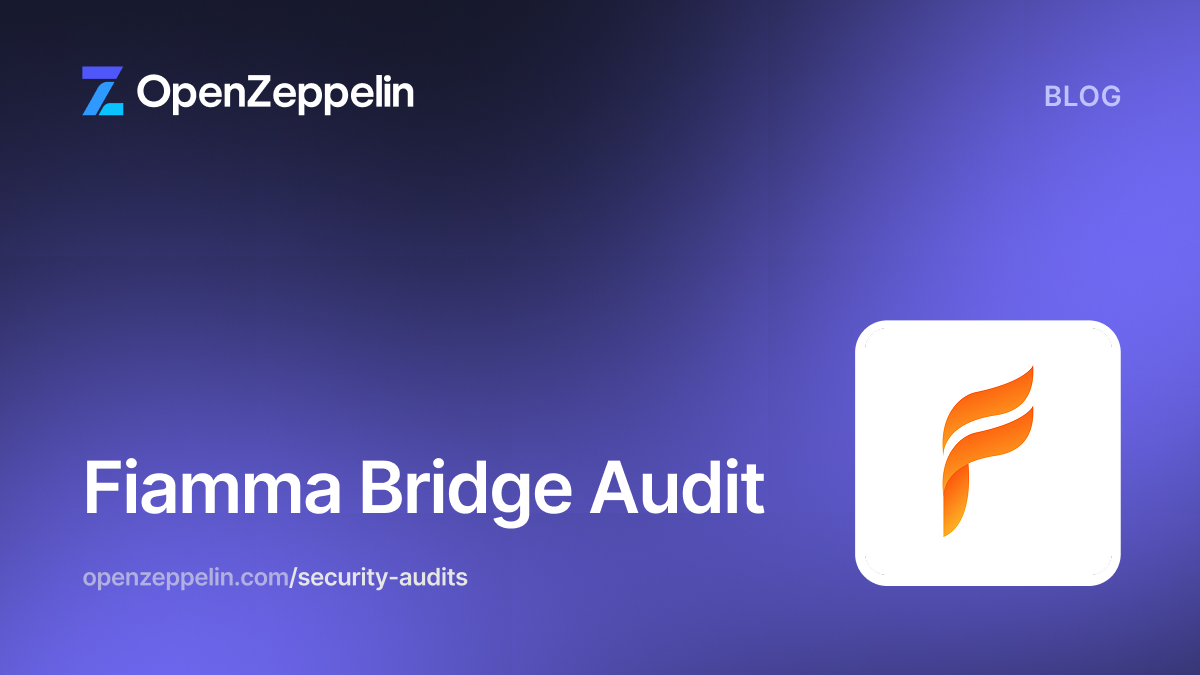Compound Finance is a protocol, currently deployed on the Ethereum network, for automatic, permissionless loans of Ether and various ERC20 tokens. It is one of the most widely used decentralized finance systems in the ecosystem.
We previously audited a subset of Compound’s contracts at commit f385d71983ae5c5799faae9b2dfea43e5cf75262 of their public repo. Since then, the Compound team has made changes to the contract code. Those changes are reflected in commit f244c2270f905287cb731d8fd3693ac77f8404f9.
This audit covers only the difference between commit f385d71983ae5c5799faae9b2dfea43e5cf75262 and commit f244c2270f905287cb731d8fd3693ac77f8404f9. The contracts included in the scope were: CErc20, CEther, CToken, Comptroller, ComptrollerV2Storage, ComptrollerV1Storage, ComptrollerErrorReporter, Exponential, Timelock, Unitroller.
Here we present only the new issues that we found when auditing this code upgrade. Issues found in our previous report may still apply. This audit does not cover the full contract code. It covers only the patch mentioned above.
Update: The Compound team has responded to our recommendations and updated the relevant contracts. The commit containing the response is 681833a557a282fba5441b7d49edb05153bb28ec
High-level overview of the patch
This patch introduces a Timelock contract that allows its admin to add arbitrary function calls to a queue. The Timelock contract can only execute a function call if the function call has been in the queue for at least two days. The idea is that anytime the Timelock contract makes a function call, it must be the case that the function call was first made public by having been publicly added to the queue at least two days prior.
The intention is to have the admin of all CToken, Comptroller, and Unitroller contracts be an instance of the Timelock contract. This would mean that any changes made by any admin of any Compound contract would necessarily come with at least a two-day advanced warning. This makes the Compound system follow a “time-delayed, opt-out” upgrade pattern (rather than its current “instant, forced” upgrade pattern).
Time-delaying admin actions gives users a chance to exit Compound if its admins become malicious or compromised (or make a change that the users do not like). However, it also means that honest admins would be unable to lock down functionality to protect users if a critical bug was found. To address this issue, the patch introduces a new privileged role called the “pauseGuardian” in the Comptroller contract.
The pauseGuardian is not intended to be an instance of Timelock. It has the ability to (instantly) pause/unpause the following four functionalities: minting, borrowing, transferring CTokens, and liquidating (Note that this has since been changed, please see “Update” below). The ability to pause minting, borrowing, and transferring of CTokens collectively constitutes the ability to prevent users from entering any new positions in Compound.
Importantly, the pauseGuardian does not have the ability to prevent users from exiting their positions by calling redeem or repayBorrow. (A notable exception is when the asset underlying the CToken is another CToken with the same Comptroller. We discuss this edge case below).
We applaud the effort to reduce the amount of trust required by users of Compound by transitioning from instant/forced upgrades to advanced-warning/opt-out upgrades. This reduces overall risk to users and projects building on top of Compound.
This security analysis assumes the following about the Timelock, CToken, Unitroller, and Comptroller contracts:
For all CTokens, the CToken admin is an instance of Timelock. The CToken comptroller is an instance of Unitroller. The Unitroller admin is an instance of Timelock. The Unitroller comptrollerImplementation is an instance of Comptroller. The Comptroller admin is an instance of Timelock. The Comptroller pauseGuardian is not an instance of Timelock. The Timelock admin is not an instance of Timelock.
Here we present our findings.
Update: The Compound team has swapped the ability to pause liquidation (directly) for the ability to pause seize. Since liquidating requires calling seize, pausing seize also (indirectly) pauses liquidation. Pausing seize rather than liquidation may help guard against a strictly larger class of potential bugs (for example, bugs that may exist in other listed CTokens), without preventing users from exiting via redeem or repayBorrow .
Update: The ability to unpause various functionalities has been removed from the pauseGuardian role. Instead, to unpause any paused functionality, a call must be made by the Comptroller admin. Additionally, the Comptroller admin is now able to pause all pausable functionalities, although this will incur a delay if the admin is an instance of Timelock. All pause/unpause functions can be found in Comptroller.sol between lines 998 and 1032.
Critical
None. 🙂
High
None. 🙂
Medium
Malicious pauseGuardian can prevent their replacement
An honest Comptroller admin may find it difficult to replace a malicious/compromised pauseGuardian. To replace the current pauseGuardian, the Comptroller admin must first call _setPendingPauseGuardian, passing in a new, honest pauseGuardian address. Then, the new, honest pauseGuardian must call _acceptPauseGuardian.
If the current, malicious pauseGuardian can call _setPendingPauseGuardian (passing in any address they control) after the Comptroller admin calls _setPendingPauseGuardian and before the honest pauseGuardian calls _acceptPauseGuardian, then the malicious pauseGuardian maintains control of the role. In other words, once the Comptroller admin calls _setPendingPauseGuardian, there exists a race between the new, honest pendingPauseGuardian and the existing, malicious pauseGuardian to determine who gets the pauseGuardian role moving forward.
The admin can use a contract to call both _setPendingPauseGuardian and _acceptPauseGuardian in a single transaction, but that would be non-trivial.
If a malicious/compromised pauseGuardian is within the threat model, consider removing the pauseGuardian’s ability to change the pendingPauseGuardian address. Alternatively, consider replacing the offer/accept pattern with an admin-only function that directly sets the pauseGuardian address.
Update: The compound team has resolved this issue by replacing _setPendingPauseGuardian and _acceptPauseGuardian with a single function, _setPauseGuardian, which allows only the admin to transfer the role of pauseGuardian to a different address.
Low
Superfluous code in conditional
The conditional statement on line 997 of Comptroller.sol contains the code if (msg.sender != pendingPauseGuardian || msg.sender == address(0)). It is infeasible for msg.sender to ever be equal to address(0), so the second half of the antecedent is superfluous. Consider simplifying this to if (msg.sender != pendingPauseGuardian).
Update: The above issue has been resolved via the removal of the function containing it in commit 681833a557a282fba5441b7d49edb05153bb28ec.
Similarly, on line 60 of Unitroller.sol, there is the conditional statement that begins: if (msg.sender != pendingComptrollerImplementation || pendingComptrollerImplementation == address(0)). When the second half of the of the antecedent is true (that is, when pendingComptrollerImplementation == address(0)), the first half must also be true (because msg.sender is never address(0)). Therefore, the second half of the antecedent is superfluous. Consider simplifying the statement to the logically equivalent version: if (msg.sender != pendingComptrollerImplementation).
Notes
The pauseGuardian can pause part of a critical incentive mechanism
This patch aims to put critical system changes (i.e., changing the price oracle, close factor, collateral factor, liquidation incentive, etc.) behind a timelock, so users have time to exit (or “opt-out” of the upgrade) before a critical change takes place. It aims to make the two functions users may need to exit Compound (namely redeem and repayBorrow) always available to users, so users have the ability to exit before a critical change takes place. It also aims to make some functionality instantly pausable by the pauseGuardian, to give the pauseGuardian the ability to lock down some functionality in case a critical issue arises.
For the most part, these three sets of functionalities do not overlap. A notable exception is the ability to liquidate.
On the one hand, it is reasonable to believe that the ability to pause liquidation would be useful for preventing the exploitation of certain classes of possible vulnerabilities. So it is reasonable to want to give the pauseGuardian the ability to pause liquidation.
On the other hand, the ability to liquidate is a critical component of the mechanism used to keep Compound solvent. So it is also reasonable to want to keep this functionality safe from a potentially-malicious pauseGuardian.
Pausing liquidation can allow a malicious pauseGuardian (or those colluding with it) to avoid being liquidated. This could enable a malicious pauseGuardian to make high-risk/high-reward bets and (potentially) avoid any downside because they could pause liquidation if the market moves against them.
If a malicious pauseGuardian is within the scope of the threat model, consider whether the risk of a malicious pauseGuardian abusing their power to pause liquidation is greater than the risk of not being able to prevent exploitation of a possible vulnerability that would steal funds via liquidation. If it is, then consider removing the pauseGuardian’s ability to pause liquidation.
It is unsafe to use CTokens as an underlying asset for other CTokens
If the asset underlying a CToken is another CToken with the same Comptroller, then the Comptroller’s pauseGuardian can block calls to redeem and repayBorrow by setting transferGuardianPaused to true. This would cause redeem to revert on doTransferOut and repayBorrow to revert on doTransferIn. This means the pauseGuardian could prevent users from exiting such markets.
Consider refraining from ever using CTokens as underlying assets for other CTokens.
We are aware that the Compound developers do not intend to ever use CTokens as underlying assets for other CTokens (for this reason, as well as others), so we classify this issue as “note” severity and raise it here only for the benefit of users and future developers.
Timelock contract can be mistakenly frozen
It is essential that the admin of the Timelock contract rigorously tests the bytes memory data parameter that is passed to the queueTransaction and executeTransaction functions before executing the transaction. If this parameter is malformed, the Timelock contract can become frozen. For example, a malformed data parameter could result in the setting of an unintentionally large delay (when calling the setDelay function) or an inaccessible admin address (when calling the setAdmin function). Both of these could result in the Timelock contract becoming unusable.
Consider adding an upper bound check on the delay_ parameter of the setDelay function, and using an offer/accept pattern for transferring the Timelock admin via the setAdmin function. Otherwise, be sure to test the queued transactions rigorously before executing them on mainnet.
Update: This issue has been addressed in commit 681833a557a282fba5441b7d49edb05153bb28ec. The Compound team has added a MAXIMUM_DELAY parameter and require statements (in the constructor and setDelay functions) that ensure delay_ is never greater than 30 days. Additionally, they implemented an offer/accept pattern for updating the admin.
Uncaught return value
The call to addToMarketInternal on line 351 of Comptroller.sol returns a uint256 that represents an error code. This return value is uncaught/unused. If the intention is to revert on a non-zero error code, consider catching this return value and using a require statement to check that it is equal to zero.
Update: This issue has been resolved in commit 681833a557a282fba5441b7d49edb05153bb28ec with the addition of lines 349-351 in Comptroller.sol, which check the returned error value
Conclusion
No critical or high severity issues were found. Considerations were raised to point out the tradeoffs being made with this patch. Some changes were proposed to follow best practices and reduce the potential attack surface.


